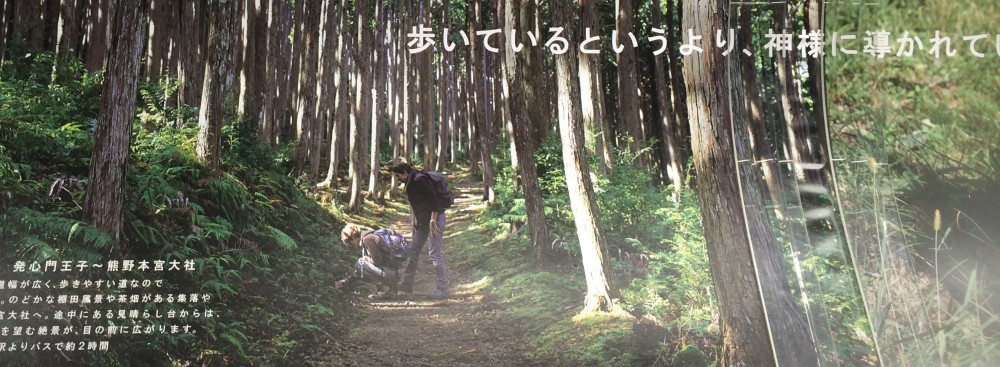I have often wondered, as our world becomes more complex and global knowledge is added at an exponentially increasing rate, how a student will ever manage to have, even a reasonably basic overview of all that they should know by the time they complete their degree. It is even more impossible now, to know everything that there is to know. It seems that a student who has specialized in one area of knowledge early on, and has thus been able to dive deeper into its complexities, has an advantage in the job market over a student who has a shallower but wider range of knowledge. In each area of expertise, one has to learn such a vast amount of material before one can go further and become a pioneer in new and crucial findings and discoveries.
The idea of a “collective intelligence” as outlined in the MacArthur white paper, “Confronting the Challenges of Participatory Culture: Media Education for the 21st Century” has very important ramifications for how we prepare our students for their higher education experience and their eventual participation in the work force. Understanding that shared knowledge from a base of varied expertise can accomplish so much more than trying to progress on the acquired knowledge of just one or few individuals allows us to structure learning where students can become an expert in one area of their studies. If we can let go of the insistence that all students learn exactly the same thing (and in exactly the same way), we can allow students the thrill and edification of being responsible for teaching his or her peers. This approach has been successfully enacted in history classes, for example, where each student takes on a persona of a historical character, researching their possible actions, motives and background so that they can participate in a writing or role-playing exercise that uses actual historical events to guide the classroom action. 
This “collective intelligence” is clearly valued as students search online for resources relating to school assignments, artistic searches for music or images and for purposes of pure entertainment. We learn to sort through the vast ocean of material to find the very best or exactly what we need for our purposes. We use what is already out there for our own individualized purposes. Artists and scholars have always borrowed and built on the work of their predecessors. The issue of copyright and correct attribution, however, has never been more important than it is now.
The richness of a collective intelligence has a parallel in the collective creativity of an increasingly accessible and digitized world. We all benefit from being able to access material from so many sources, both contemporary and historical. There has to be a happy medium somewhere between completely free “borrowing” of material and copyright fossilization. The Disney company, for example, although it has borrowed freely and often without attribution is constantly pushing back the copyright cutoff date to protect access by the public to creatively borrow Mickey Mouse. Ironically, Mickey’s debut film “Steamboat Willie” was a parody of an early Buster Keaton film, “Steamboat Bill, Jr.” and thus, Mickey began his ascent to stardom by building on the works of others and referencing the popular culture of his day. Interesting that the Disney company does not think this sort of thing should continue when it begins to be applied to the company’s own proprietary material.

Copyright Disney; this low-res. screen shot qualifies as fair use under United States copyright law.
Despite my indignation over Disney’s apparent hypocrisy and although I am still a bit confused about all of the rules and regulations attached to what materials we can use and for which purposes, I know that it is essential to teach students to properly attribute all media used in reports and presentations. We carefully teach MLA format and run submitted papers through various plagiarism checks, and we should be as thorough when scrutinizing borrowed images, music and video clips as well. We should not, however, discourage incorporation of such a vast store of resources for fear of an error in attribution. For the most part, students, who are not out to make money from someone else’s creativity, are not targets of the copyright police. We can guide them to sites like Creative Commons that provide images with a more relaxed attitude about sharing and make sure that they do give credit where credit is due. The better students are prepared to collaborate with the collective intelligence and the collective creativity of their world, the better they will be prepared to craft new and compelling ideas, inventions and art to grace our collective consciousness.


One of the wonders of this incredible expansion of knowledge is the amount of good information that students now have available to work with. The trick is separating the good from the not so good and then making sure that all of these disparate sources have been acknowledged correctly. This is why students need educators like you more than ever to help them navigate all of this!